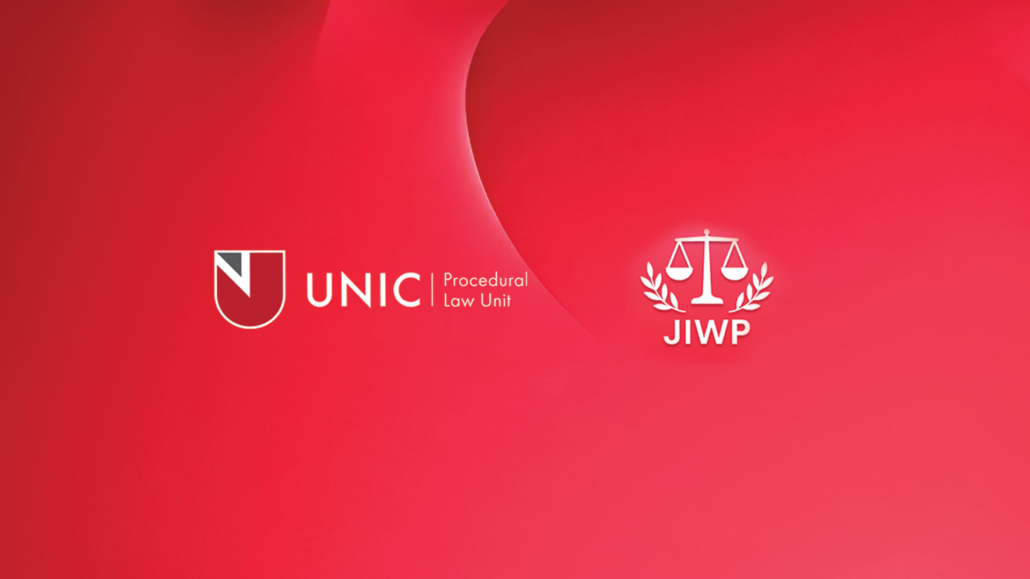Views
“Without Regard to Principles of Conflict of Laws”
It is common to see some variation of the phrase “without regard to conflict of laws principles” appear at the end of a choice-of-law clause. Here are some examples:
“This Agreement shall be governed by and construed in accordance with the laws of the Republic of China, without regard to its principles concerning conflicts of laws.”
“This Agreement and all acts and transactions pursuant hereto and the rights and obligations of the parties hereto shall be governed, construed and interpreted in accordance with the laws of the State of Delaware, without giving effect to principles of conflicts of law.”
“This Note is being delivered in and shall be construed in accordance with the laws of the State of New York, without regard to the conflict of laws provisions thereof.”
Although this phrase is common, its purpose and origin are poorly understood. In 2020, I published an article, A Short History of the Choice of Law Clause, that attempted to demystify these issues.
Court-to-court referrals and reciprocity between Chinese and Singapore courts
By Catherine Shen, Asian Business Law Institute
In 2023 Su 05 Xie Wai Ren No. 8 dated March 14, 2025, the Suzhou Intermediate People’s Court of Jiangsu Province in China (Suzhou Court) recognized and enforced civil judgment HC/S194/2022 under file number HC/JUD47/2023 by the Supreme Court of Singapore (Singapore Judgment). The judgment by the Suzhou Court (Suzhou Judgment) was announced in September 2025 by the Supreme People’s Court of China (SPC) as among the fifth batch of Belt and Road Initiative (BRI) model cases. Read more
CJEU, Case C-540/24, Cabris Investment: Jurisdiction Clause in Favour of EU Court is Subject to Art. 25 Brussels Ia even if both Parties are Domiciled in the Same Third State
By Salih Okur, University of Augsburg
On 9 October 2025, the CJEU, in Case C-540/24 (Cabris Investment), had to decide whether Art. 25 Brussels Ia applies to “an agreement conferring jurisdiction in which the contracting parties, who are domiciled in the United Kingdom and therefore (now) in a third State, agree that the courts of a Member State of the European Union are to have jurisdiction over disputes arising under that contract, falls within the scope of that provision, even if the underlying contract has no further connection with that Member State chosen as the place of jurisdiction.“
Unsurprisingly, the Court held that it does.
News
The Procedural Law Unit at the University of Nicosia’s 5th Annual Symposium and JIWP 2025 Conference: “Judicial Independence and Liberal Democracy Under Threat: The Challenge of Implementing the ELI Mt Scopus Standards on Judicial Independence”
A symposium on “Judicial Independence and Liberal Democracy Under Threat: The Challenge of Implementing the ELI Mt Scopus Standards on Judicial Independence” will take place from 10 to 12 December 2025 at the University of Nicosia. The event is organised by the Procedural Law Unit in cooperation with the International Association of Judicial Independence and World Peace (JIWP) and will be held at the UNESCO Amphitheatre.

Registration Open – Book Launch: The Hague Convention on Choice of Court Agreements: A Commentary
 Registration is open for the book launch celebrating the publication of The Hague Convention on Choice of Court Agreements: A Commentary, to be held in hybrid format in The Hague on 11 December 2025 from 1.30 p.m. to 4.45 p.m. (CET). The book launch will coincide with the tenth anniversary of the entry into force of the 2005 Choice of Court Convention.
Registration is open for the book launch celebrating the publication of The Hague Convention on Choice of Court Agreements: A Commentary, to be held in hybrid format in The Hague on 11 December 2025 from 1.30 p.m. to 4.45 p.m. (CET). The book launch will coincide with the tenth anniversary of the entry into force of the 2005 Choice of Court Convention.
The book launch will consist of two session. In the first session, the authors and discussants will explore selected chapters of the book. Brooke Marshall (University of Oxford) and Stephanie Francq (Catholic University of Louvain) will discuss the manifest injustice and public policy exception in Article 6 of the Convention; Louise Ellen Teitz (Roger Williams University) and Fausto Pocar (University of Milan) will discuss declarations under Articles 21 and 22 and accommodating multiple legal systems; and Gilles Cuniberti (University of Luxembourg, EAPIL) and Adrian Briggs KC (University of Oxford) will discuss the law applicable to the issue of consent to choice of court agreements. The second session of the event will discuss the practical operation of the Convention and the practical application of the text, with the participation of Delphia Lim (Ministry of Law of Singapore), Colin Seouw (Colin Seouw Chambers LLC), and Anselmo Reyes (Singapore International Commercial Court). Dr Christophe Bernasconi (HCCH) will provide opening remarks, and Melissa Ford and Dr Ning Zhao (HCCH) will moderate the discussions.
For more information, and to register, please visit: https://www.hcch.net/en/instruments/conventions/specialised-sections/choice-of-court/hcch-book-launch
This post is published by the Permanent Bureau of the Hague Conference of Private International Law (HCCH).
Fourth Issue of the Lloyd’s Maritime and Commercial Law Quarterly for 2025
The fourth issue of the Lloyd’s Maritime and Commercial Law Quarterly for 2025 has recently been published. It contains the following articles, cases notes and book review.
Michael Howard, “The True History of the Origin of the Mareva Injunction or Freezing Order”
Fifty years ago, in 1975, a revolutionary innovation occurred in English procedural law, the introduction of what is officially named the freezing injunction, formerly and to some extent even now known as the Mareva injunction. It was the consequence of two decisions of the Commercial Court, the Karageorgis and Mareva cases. The thesis of this article, lightly camouflaged, is that these cases and this change were brought about by a combination of four factors which are present in most such developments of the common law: the personal, the institutional, the technical legal and the accidental. It is an attempt to present all of them and to show that the first and particularly the last were disproportionately large contributors.
Masood Ahmed, “State Immunity and the New York Convention”
Adrian Briggs, “Book Review of Hong Kong Private International Law” (by Wilson Lui and Anselmo Reyes)
My views
I read the interesting—but in my view unconvincing—critical review by Emeritus Professor Adrian Briggs of “Private International Law in Hong Kong” (by Wilson Lui and Anselmo Reyes). My reading of the review is that Briggs laments the authors’ limited engagement with English sources, suggesting that because Hong Kong’s private international law is not as fully developed as Singapore’s, English texts and cases should operate as gap-fillers.
I take a different view. I am pleased to see Asian private international law scholars asserting a more autonomous and context-sensitive approach to developing their conflict-of-laws rules. That intellectual independence is healthy for the discipline, and it is precisely the direction I believe African private international law should pursue.



